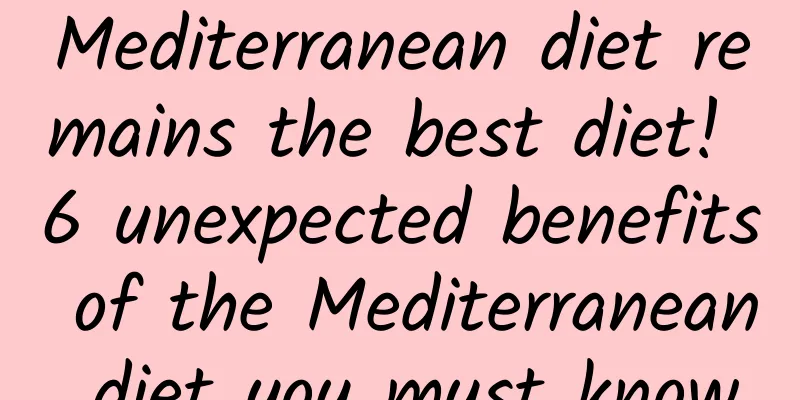What are the treatments for bacterial vaginosis?

|
Bacterial vaginosis can be treated with drugs such as metronidazole, clindamycin, tinidazole, chloramphenicol, and trichostatin. If symptoms persist or worsen, patients are advised to seek medical attention in a timely manner. 1. Metronidazole Metronidazole is taken orally or topically, and the specific dosage depends on the doctor's advice. Metronidazole can effectively inhibit the growth of anaerobic bacteria and kill both gram-negative and gram-positive bacteria, so it can be used as one of the treatment options for bacterial vaginitis. 2. Clindamycin Clindamycin is usually taken orally twice a day, and the course of treatment is based on the doctor's instructions. Clindamycin has antibacterial effects against a variety of Gram-positive bacteria, including Lactobacillus species that cause bacterial vaginosis. Its mechanism of action is to interfere with the bacterial protein synthesis process. 3. Tinidazole Tinidazole can be taken orally or intravenously, and must be prescribed by a doctor. It is a broad-spectrum antimicrobial drug that is effective against a wide range of bacteria, including anaerobic bacteria that cause bacterial vaginosis. 4. Chloramphenicol Chloramphenicol is mainly given to patients orally or intravenously. Chloramphenicol has a wide range of antibacterial activity and has a certain bactericidal effect on Gram-positive bacteria, Gram-negative bacteria and anaerobic bacteria, so it can be used to treat bacterial vaginitis. 5. Trichostatin Trichostatin is generally administered orally once a day, and the course of treatment is determined by the doctor based on the condition. Trichostatin is a natural antibiotic that can inhibit cell wall synthesis, thereby playing an antibacterial role. It is suitable for infections caused by sensitive strains, such as bacterial vaginitis. When using the above drugs, you should follow the doctor's instructions and complete the entire course of treatment to reduce the occurrence of drug resistance. At the same time, patients should pay attention to personal hygiene, avoid excessive washing, maintain the balance of vaginal microecology, and try to wear cotton underwear during non-menstrual periods to reduce local irritation and inflammation. |
<<: How to treat bacterial vaginosis
>>: What causes bacterial vaginosis?
Recommend
What are the symptoms of irregular menstruation?
What are the common symptoms of irregular menstru...
Are there any advantages to laparoscopic ovarian cyst surgery?
The most direct and effective way to treat ovaria...
What to use for vaginal inflammation
Vaginitis is a common gynecological disease that ...
Causes of pelvic effusion
Pelvic effusion is a female-specific disease, whi...
Is pelvic peritonitis prone to recurrence?
With the increasingly faster pace of life in rece...
Can I detect an ectopic pregnancy one month into my pregnancy?
Early detection and early diagnosis are crucial f...
How to treat cervical erosion 2nd degree
How to treat cervical erosion 2nd degree? Cervica...
What medications are used to treat ovarian cysts?
What medications are used to treat ovarian cysts?...
The incidence of uterine fibroids is related to the following factors
Uterine fibroids are a gynecological disease, and...
Doctors recommend that you do not have sex within one month after an abortion. There are five dangers of having sex.
Having sex ten days after an abortion is very har...
Does moderate cervical erosion require surgery?
Does moderate cervical erosion require surgery? W...
What is the cause of female vulvar leukoplakia
What are the causes of vulvar leukoplakia? There ...
I haven’t had my period for a long time. What tests should I do?
I haven’t had my period for a long time. What tes...
What elements are missing from abnormal vaginal discharge?
Abnormal leucorrhea may be related to the lack of...
How much does it cost to treat uterine effusion?
Is the cost of treating uterine effusion expensiv...









